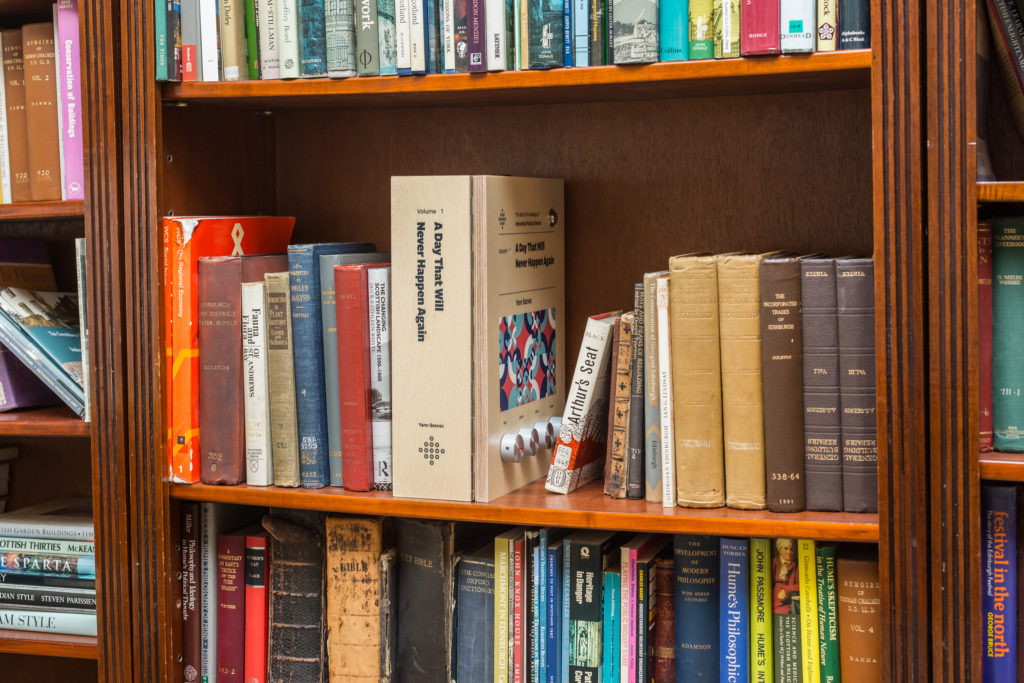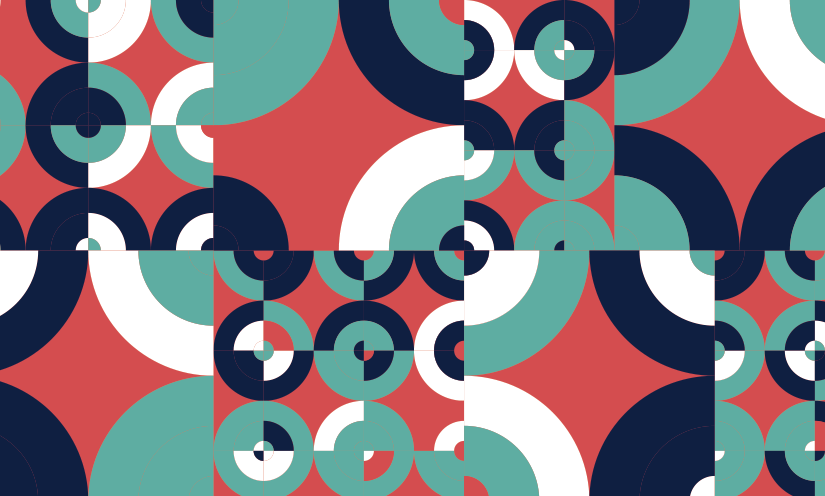So I assembled the divisions that they had separated and put forth branches from roots where they had been correct, and devised specimens which worked splendidly, light internally and externally. And when I found difficulty such as to lengthen the journey I hated the thought that my diligence might go the ways of the wind and that the trace of what I had made might be woven into the tapestry of the night without morning.
al-Jazari
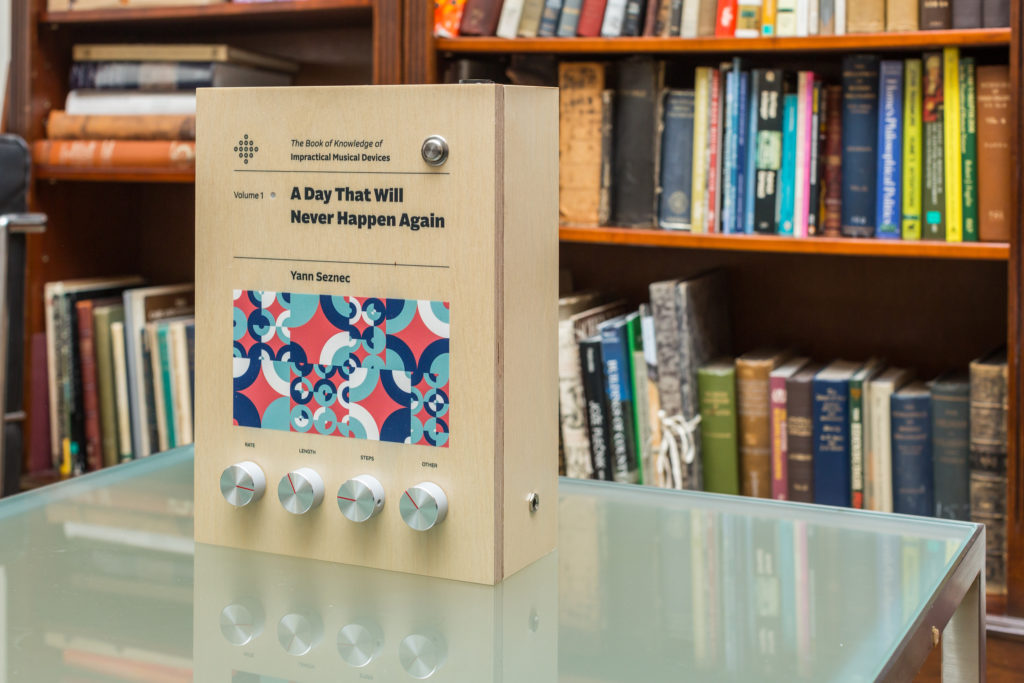
I probably woke up at 6am. On the best of days I wouldn’t remember those first few minutes anyway, they pass in a blur of coffee grounds and dog food. It took me a few hours to decide to record the sounds of the whole day, so the project was really flawed from the start. I didn’t record the sound of my feet touching the floor for the first time, or the dog’s collar jingling as he shook himself out, or the sound of a little voice asking for breakfast in a mish mash of languages – “manger peanut butter, papa?”.
Those sounds passed, unrecorded, unsaved, moving air molecules in an ever expanding sphere until those movements faded away. The pioneering radio inventor Guglielmo Marconi is often credited with the idea that sounds never really die, their vibrations continuing unheard in the universe like souls disconnected from their long-departed earthly bodies, and if we built the right equipment we could listen to them all (including, in Marconi’s supposed fantasies, the Sermon on the Mount). Maybe it’s vaguely dispiriting to accept that this is an impossibility, and the story likely a myth, but I’ve recently found myself accepting and taking comfort in the fact that every sound will only live once; travelling, reflecting, dissipating, and becoming absorbed again.
A tennis ball bouncing on the kitchen floor. That’s the first sound I recorded. It was 8:39am, according to the sound file that my recording machine created. The dog was probably getting antsy, needing to go outside, but my son wasn’t ready and was distracted by a small bell we had in the kitchen. That’s the second sound.
I’ve recorded those sounds now, so have they disappeared? They are on my hard drive, part of a file called R26_0011_1.wav. These have been uploaded to dropbox and my external hard drive backup and probably exist in some ghostly combination of zeroes and ones on the SD card that I used in my recording machine. It’s a good quality machine, with nice stereo microphones arranged in a sort of negotiated halfway pattern designed to both simulate human ears and make recordings that sound good when played back on speakers. These microphones were pointed at the bouncing ball and the jingling bell and my giggling son, and they recorded these sounds in the four minutes and thirty one seconds leading up to 8:39. So now I can remember that moment.
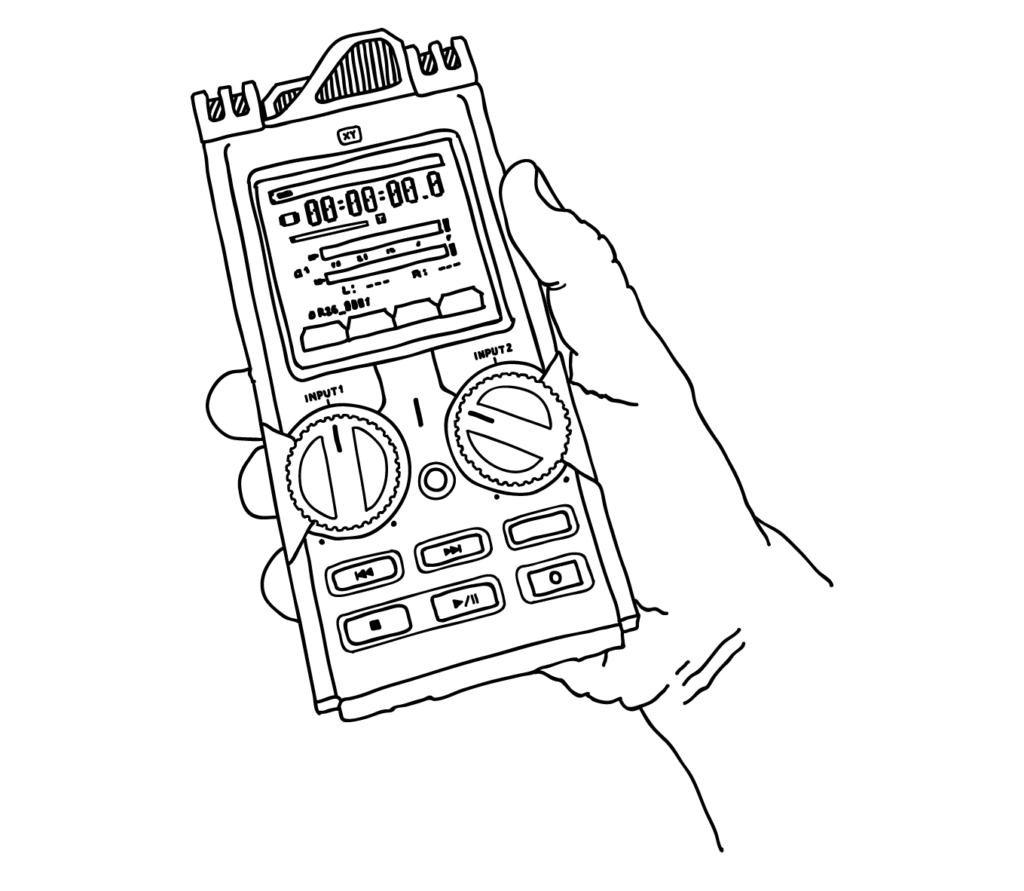
What a powerful illusion this is. My ears can hear a sound, the tiny elements inside my ear vibrating in response to my ear drum being pummelled by air molecules being pushed by a diaphragm controlled by electrical current generated by an amplifier connected to a digital to analog converter playing back a sound file containing what, exactly? A measurement of the tiny fragment of the expanding sphere of physical energy that was generated by a tennis ball hitting the floor? Am I recording the sound itself, or a reference to the memory of that sound? Is all sound recording just a form of shorthand for revisiting a moment?
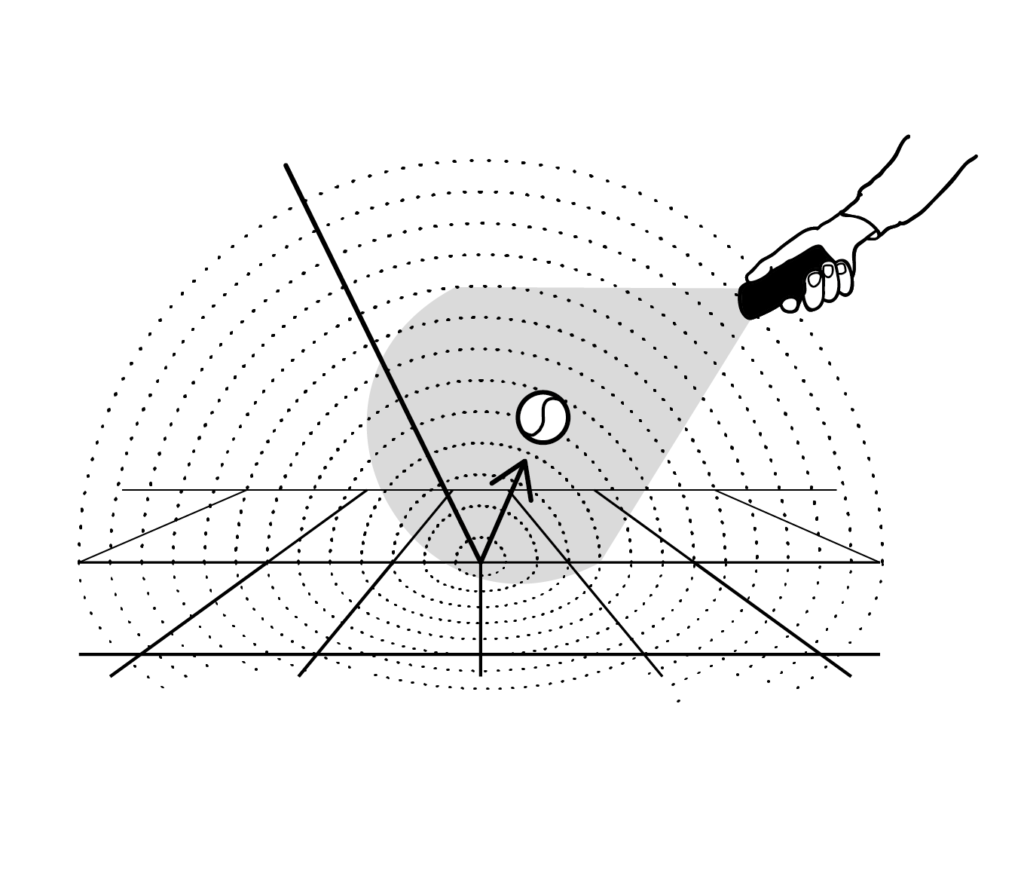
I had been working on a small project for an agency in Dundee, making a “jingle generator” for their podcast. This generator created a new audio sting from a library of sounds every day, so each day was a unique combination of these sounds, and would never be repeated again. This was good fun, especially when I made it loop the patterns, at which point it became something like a drum machine, but one where you had ceded control of the pattern to the unstoppable march of time. I started using different sound libraries in this system – a set of recordings I made of children playing a drum kit in a small village, or sounds from my family farm in Maryland – but whilst these sounded good they lacked a conceptual symmetry. Why was I using these sounds? What sounds should I use in a system that rearranges them every day, creating new versions whenever the date changes?
Our memories are messy and inconsistent. When we think back on a day, or a month, or a year, our brains reassemble a set of events, some of which perhaps only happened once, but many of which may have occurred a number of times in some form or another. We take this set of memories and we put them back together again, running through them in an order that seems correct and likely.
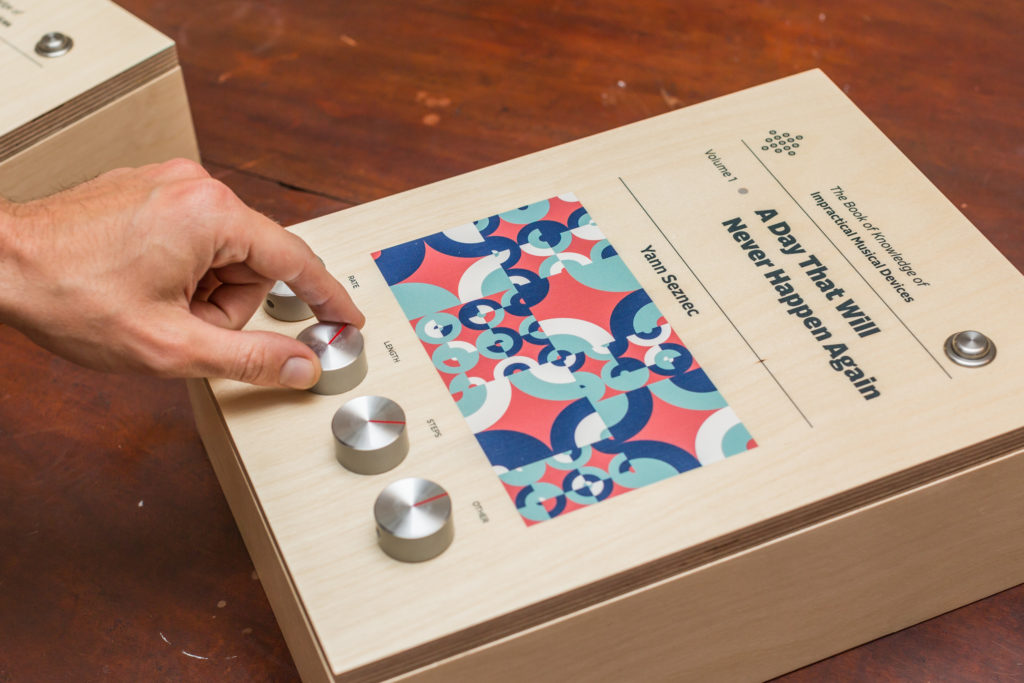
This instrument is about revisiting a day, a normal day, a perfect day. It’s about remembering and reliving that day in the same way that my memory does – as a fractured set of half-forgotten moments, sliced up and rearranged, sequenced and filtered and reorganised each time I go back to it. I can’t revisit that day, it will never happen again. My attempt to capture it with my sound recorder and my mobile phone camera was successful in the sense that I can reference those recordings and images, which tell me how cold it was and how I drove to Screwfix with a toddler dressed as a dinosaur to buy some new bath taps.
But listening and looking at that media is like a drug, placating my fear of forgetting something, assuaging the gnawing feeling that time is slipping away and each day has passed without me really understanding it. I can listen in perfect stereo and in real time, reliving an uneventful trip on the bus or an extremely windy beach. As I listen I know that I was there, holding the microphones with cold hands (was I wearing gloves? I didn’t take a picture of my hands, so how would I remember?), and I can re-inhabit the person that I was then and the place I was in and the people I was with. It’s ok, I’m still there now, it hasn’t passed, I don’t need to worry, I can always go back there, I’ve recorded it.
This is an instrument designed to break that relationship with media. It’s about trying to use a medium that’s designed to divert us from our fear of time and use it to more accurately recreate what our experience of remembering something is actually like. With this instrument you don’t have control over what parts of the day you remember, and you can’t quite reassemble the snippets of memories in any sort of accurate way. Each time I try and revisit this day, this normal, perfect day, it is jumbled and reconstituted for me. It won’t happen again, but there is joy in this. I can explore and play with my memories of the day, to see what is revealed and what is remembered. Rather than being a drug these recordings become an abstract representation of a day that could be any other day, because every day is full of life and fear and sadness and anger and wind and sunshine and showers and love.
